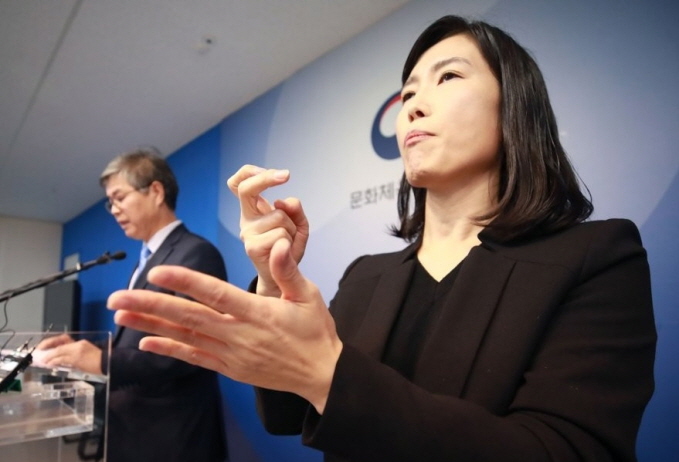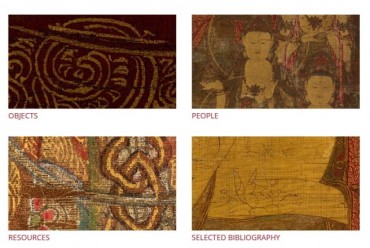
Education for hearing-impaired people in schools is also difficult to deliver because the ratio of sign language usage is not high. (Yonhap)
SEOUL, Jan. 13 (Korea Bizwire) — While the hearing-impaired use hand gestures as their main means of communication, or communicate in sign language, recent research found that specialized sign language education is not being conducted properly.
In a survey of 320 hearing-impaired people, conducted by the National Human Rights Commission of Korea, a majority of respondents (55.6 percent), said they learned the language from someone else.
They received sign language education from their school seniors, which accounted for 34.1 percent, or friends, which accounted for 21.5 percent.
On the other hand, only 29.1 percent of the respondents said they learned from school teachers and 5.9 percent received training from professional sign language instructors.
Such findings can be interpreted as insufficient education for the hearing-impaired.
Furthermore, it proves how the education is unprofessional, as seen from the cases where the hearing-impaired have to rely on their peers such as friends and seniors.
The average age at which respondents acquired sign language was 12.3 years. Some 42.5 percent said they learned sign language in elementary school, and 13.1 percent in adolescence.
Only 26.5 percent of the respondents said they had mastered sign language during the childhood period, which is the ideal period for language proficiency development.
Some 49.4 percent of hearing-impaired people cited infancy and 36.8 percent cited childhood as the appropriate time for sign language acquisition.
Meanwhile, education for hearing-impaired people in schools is also difficult to deliver because the ratio of sign language usage is not high.
Among the survey respondents, only 31 percent said they had taken classes taught in sign language.
In school education, visual means such as sign language, which accounted for 87.7 percent, writing, which accounted for 75.8 percent, and body language, accounting for 73.2 percent, were mainly chosen as communication methods (multiple responses) in which the hearing-impaired could understand the class more or less.
Those who chose spoken language had a low ratio of 32.9 percent.
The report said that because most special teachers who educate the hearing-impaired are not deaf, their understanding of hearing-impaired students is poor, and as a result, sign language is excluded from the education program, resulting in poor educational standards.
The report then pointed out that the system should be institutionalized to deploy hearing-impaired teachers, equivalent to “native speakers” of sign language.
Lina Jang (linajang@koreabizwire.com)







Pingback: Deaf News in Review: Week 3 – Desk of the PIO